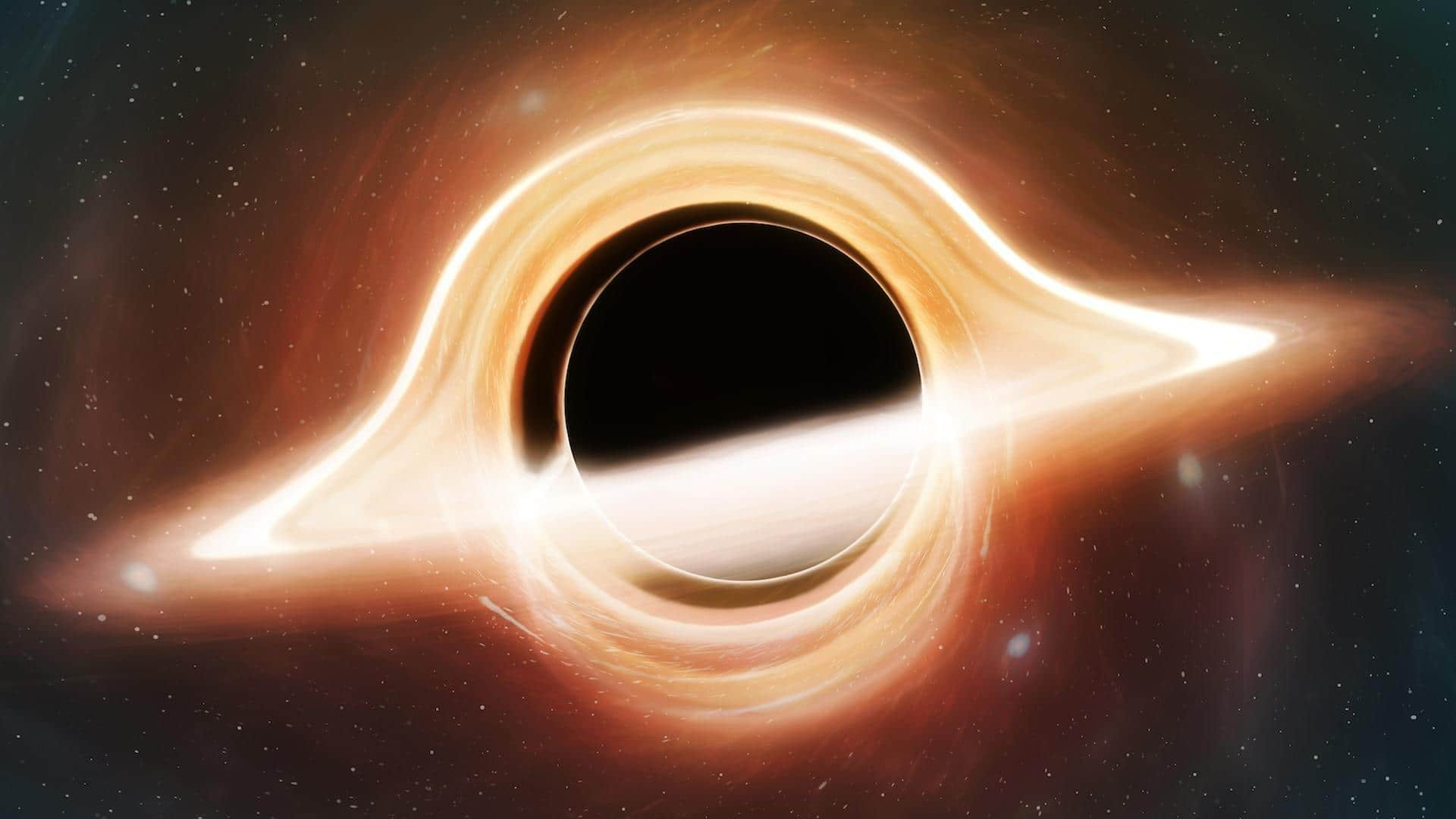**We Might Have Found a New Type of Black Hole**
*By Dwaipayan Roy | Sep 21, 2025, 11:30 AM*
**What’s the story?**
The James Webb Space Telescope (JWST) has potentially identified a new type of supermassive black hole hidden within a thick shell of gas. This theoretical model could explain the mysterious “small red dots” observed in JWST images—objects that have puzzled astronomers for years.
Initially, these “little red dots” were believed to be young galaxies. However, independent measurements revealed that these objects are far too massive to be early-stage galaxies. The findings have been detailed in the latest issue of *Astronomy & Astrophysics*.
**Discovery: The ‘Little Red Dots’**
The “small red dots” were first spotted in JWST images during the summer of 2022. Thanks to JWST’s unprecedented sensitivity, these compact and reddish celestial objects became clearly visible. Further analysis showed that even the closest of these objects are incredibly distant. Their light has traveled for about 12 billion years to reach Earth, meaning we observe them as they appeared roughly 1.8 billion years after the Big Bang—over 13 billion years ago.
**Spectral Analysis and a New Model for Black Holes**
One of these objects, nicknamed *The Cliff*, exhibits a unique spectral signature that doesn’t match any existing models proposed for the “little red dots.” This discrepancy prompted researchers to develop a novel concept coined the “black hole star,” or BH*.
According to this model, BH* represents an active galactic nucleus (AGN) featuring an accretion disk surrounded by a thick envelope of hydrogen gas. Unlike typical stars, these objects lack nuclear fusion reactors at their cores.
**Future Implications**
The discovery of black hole stars could offer valuable insights into the rapid development of early galaxies. The BH* model explains *The Cliff*’s unusual spectral features more effectively than previous theories. If proven accurate, it could also shed light on how supermassive black holes within early galaxies grew so quickly.
Excitingly, further observations using JWST are planned for next year to explore these enigmatic objects in greater detail.
—
*Stay tuned for more updates on this groundbreaking discovery as we aim to unravel the mysteries of our universe.*
https://www.newsbytesapp.com/news/science/jwst-reveals-new-type-of-black-hole-solving-cosmic-mystery/story


